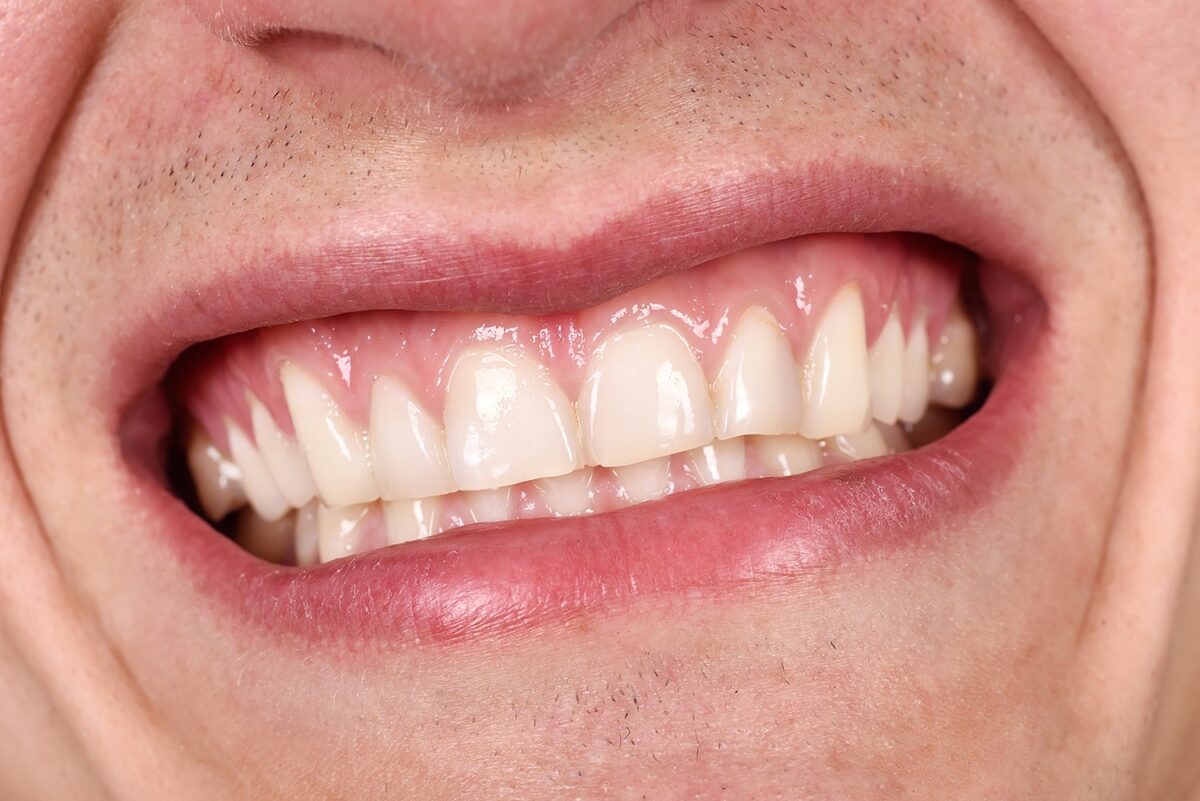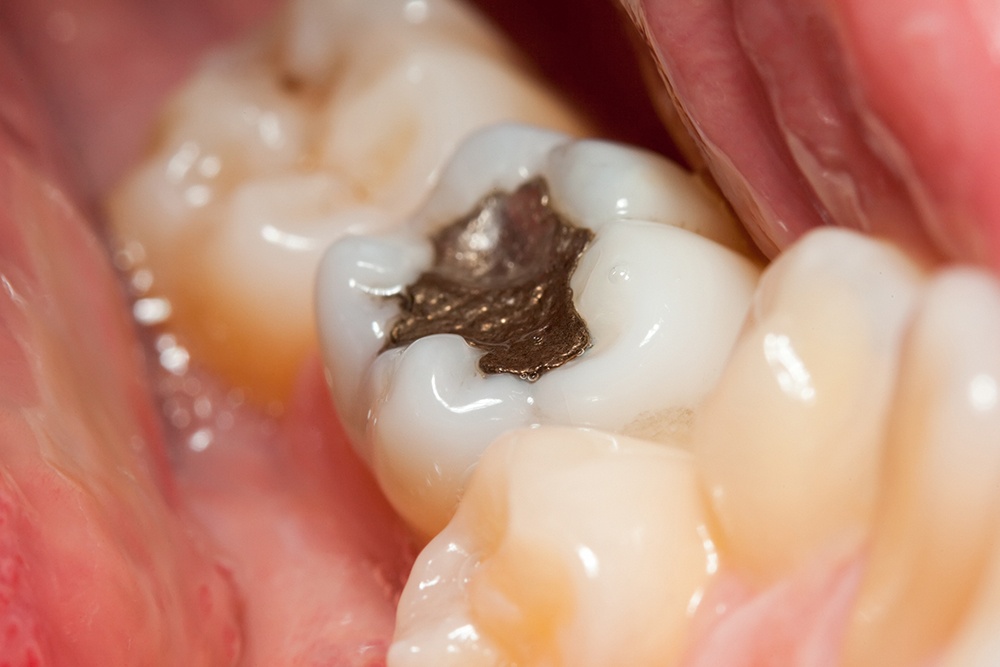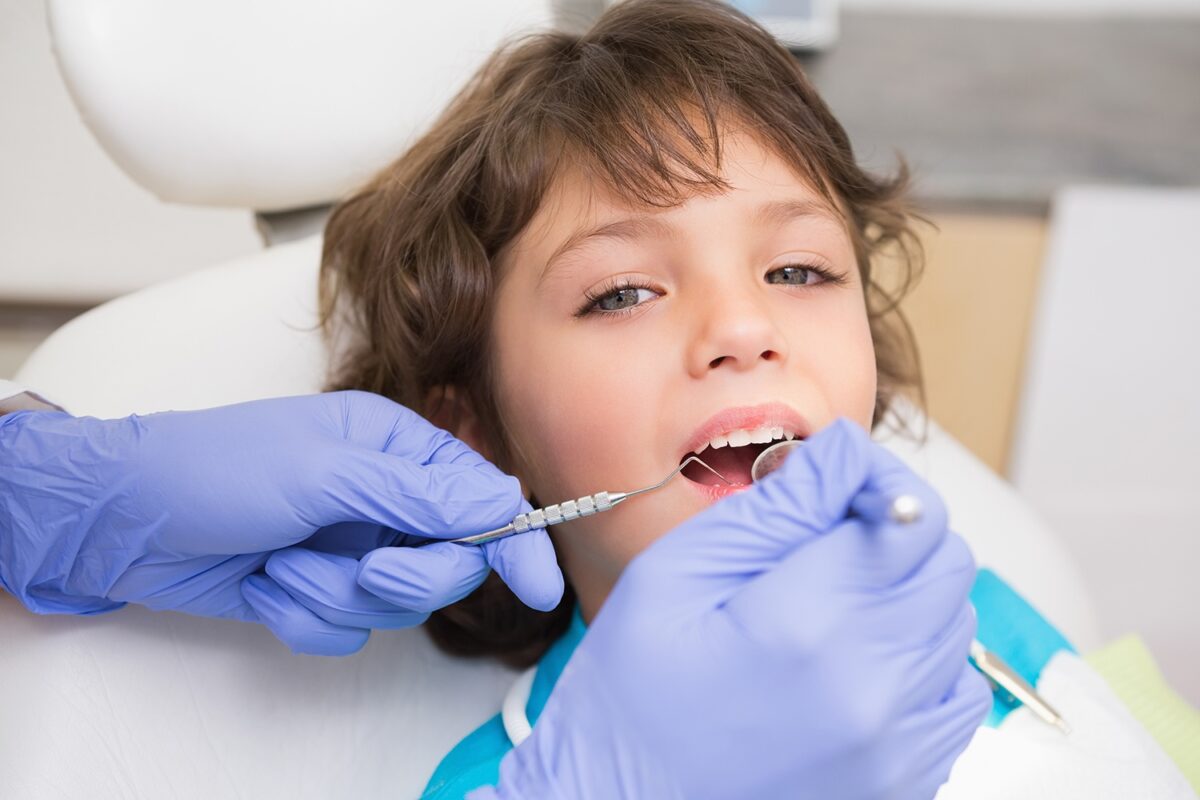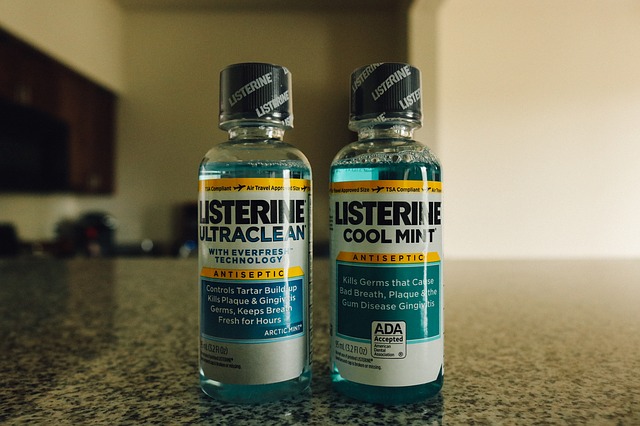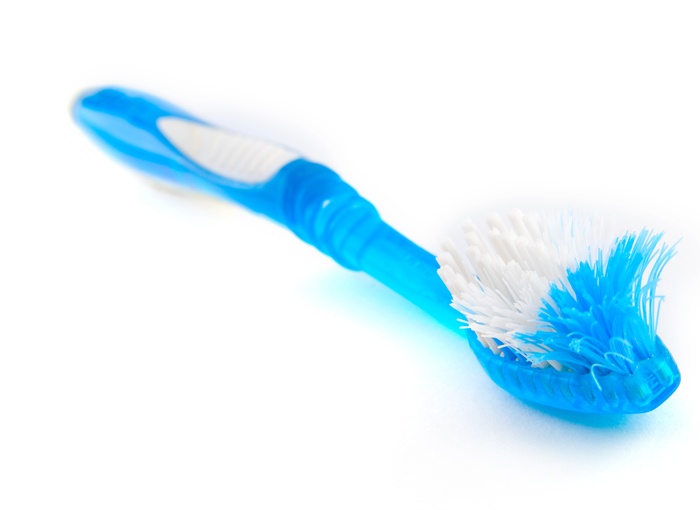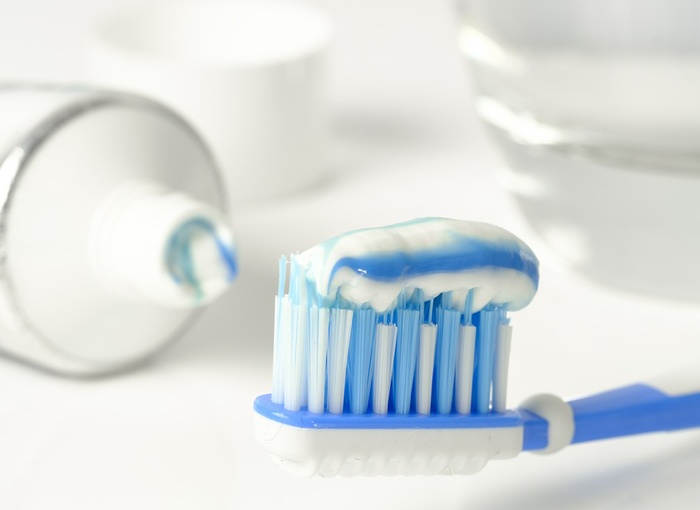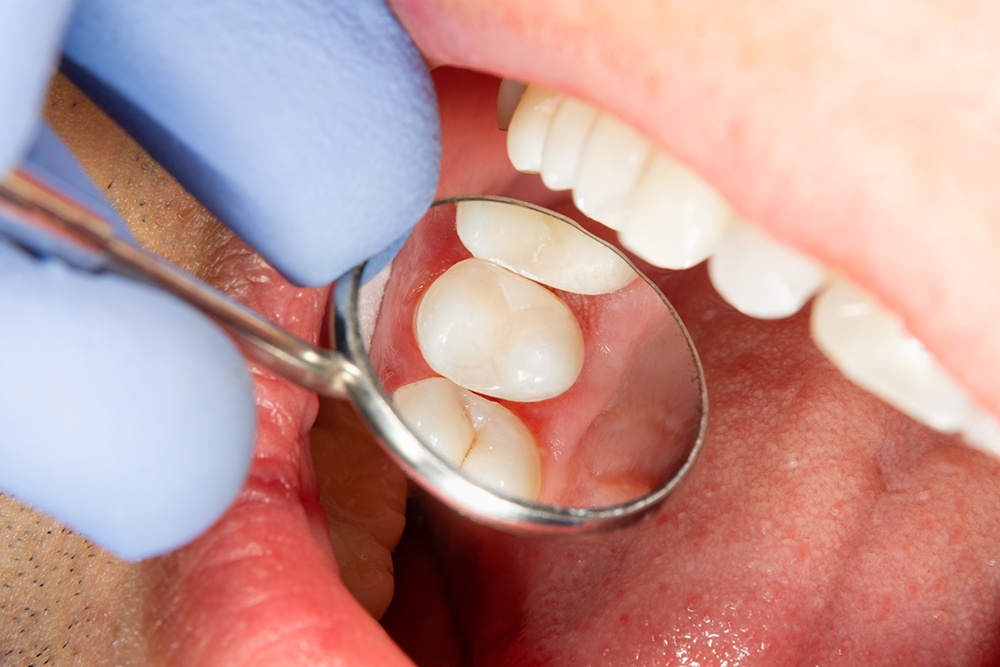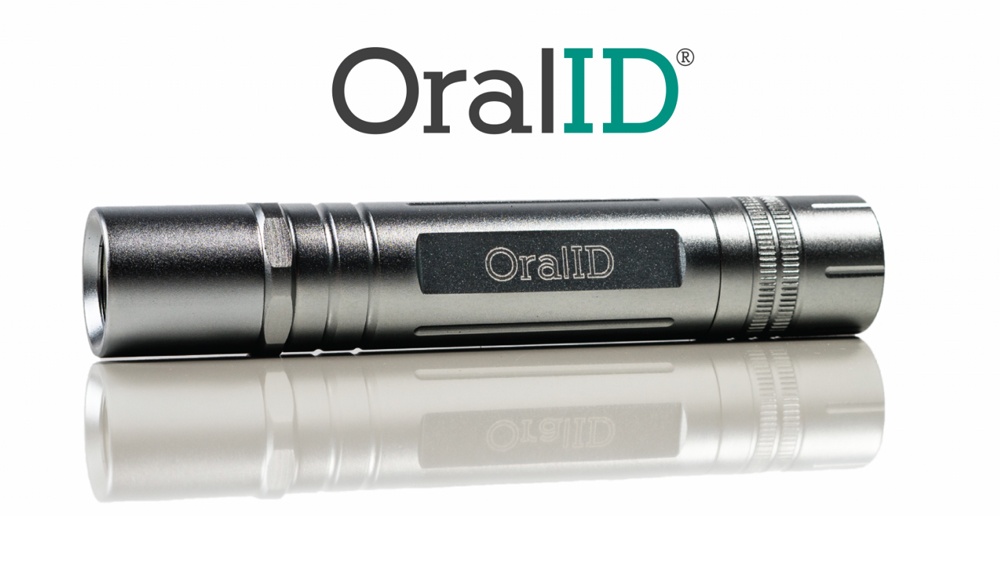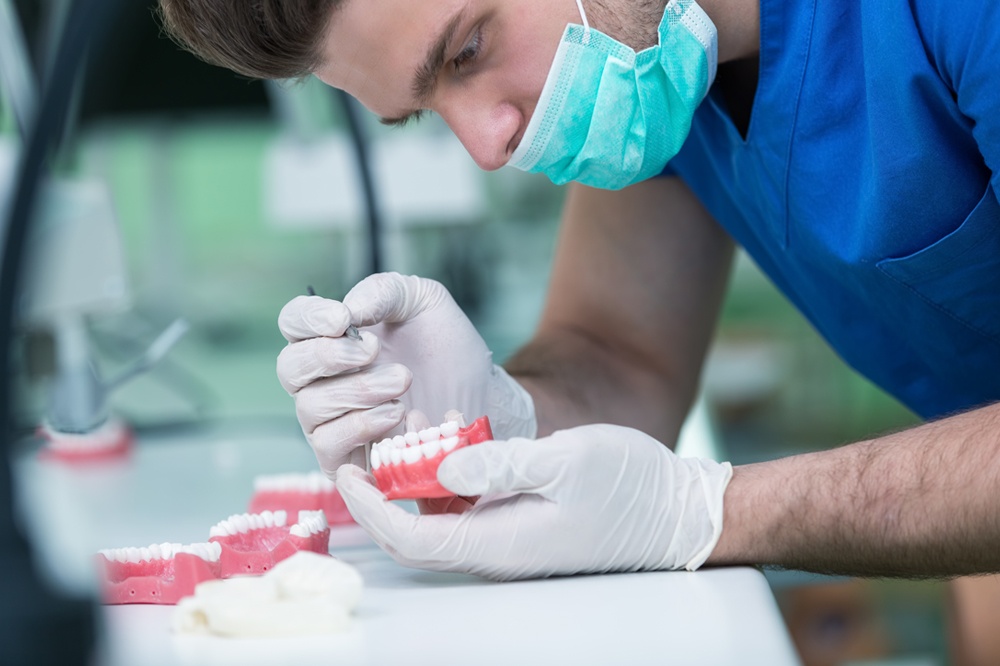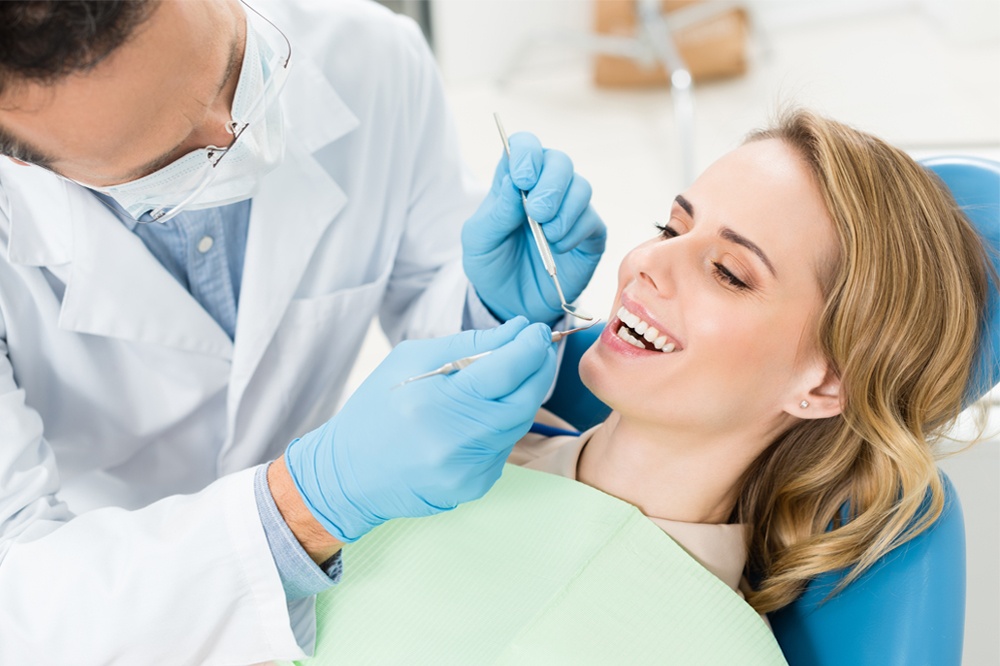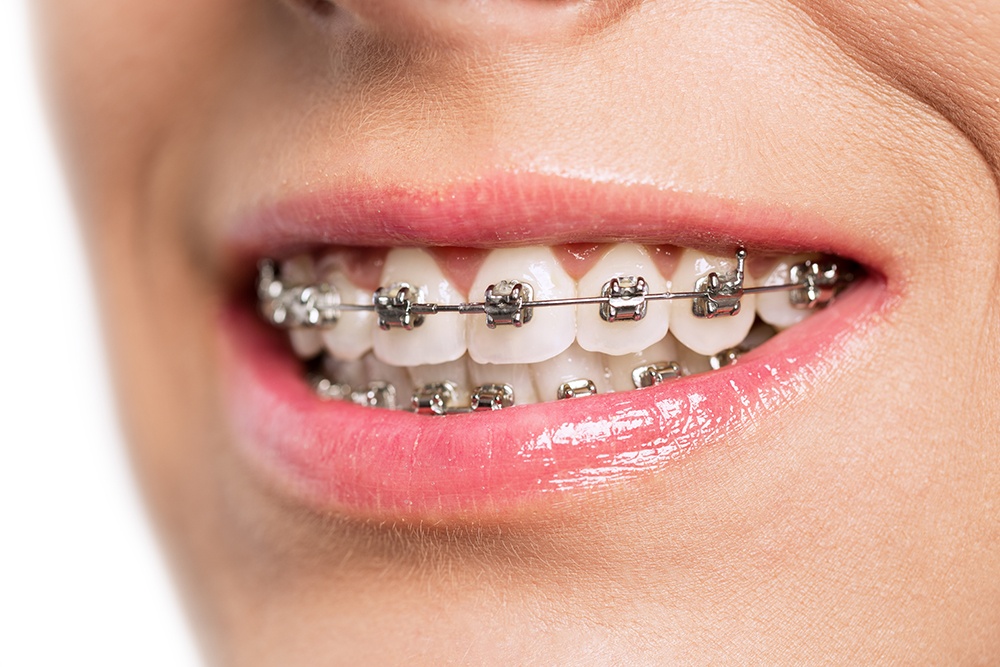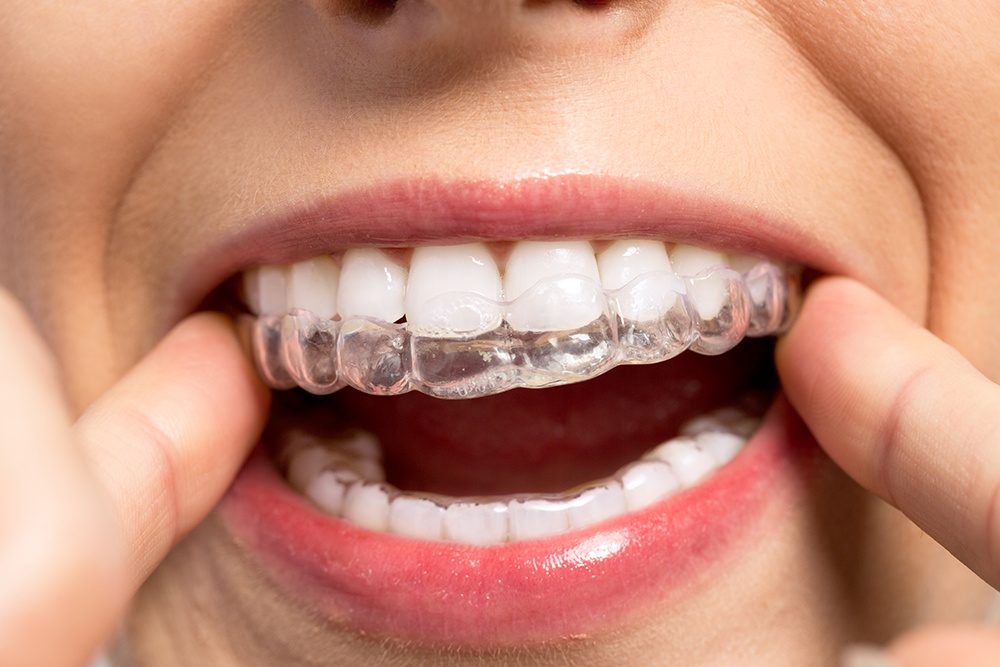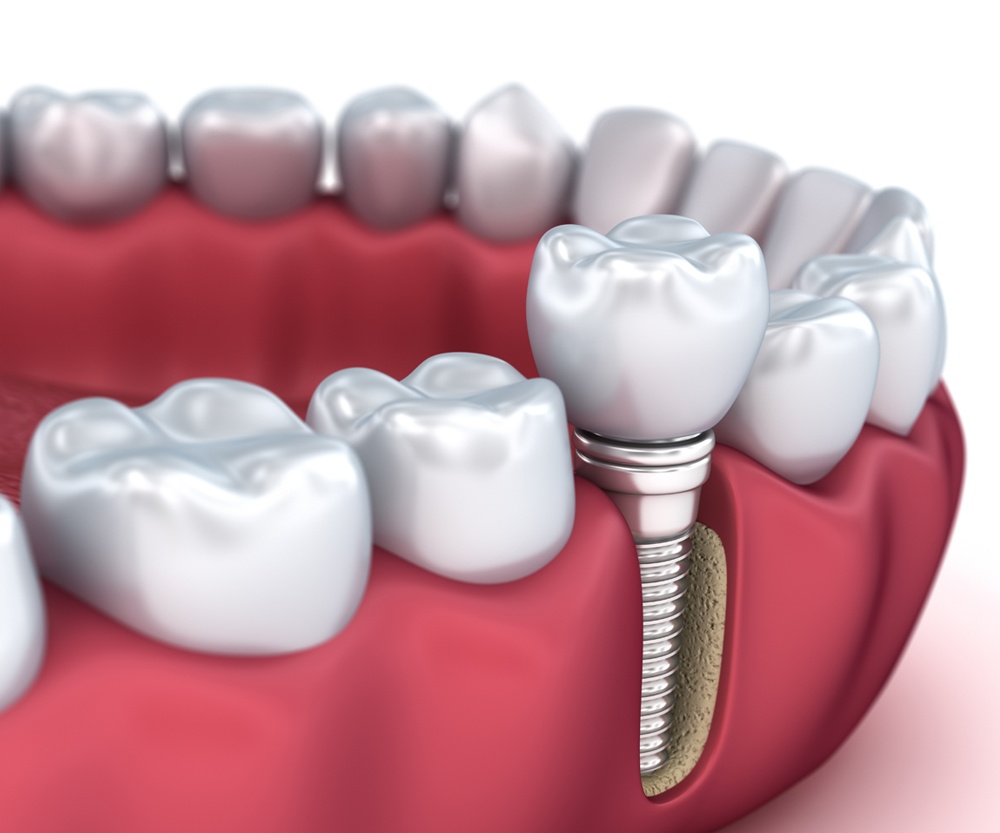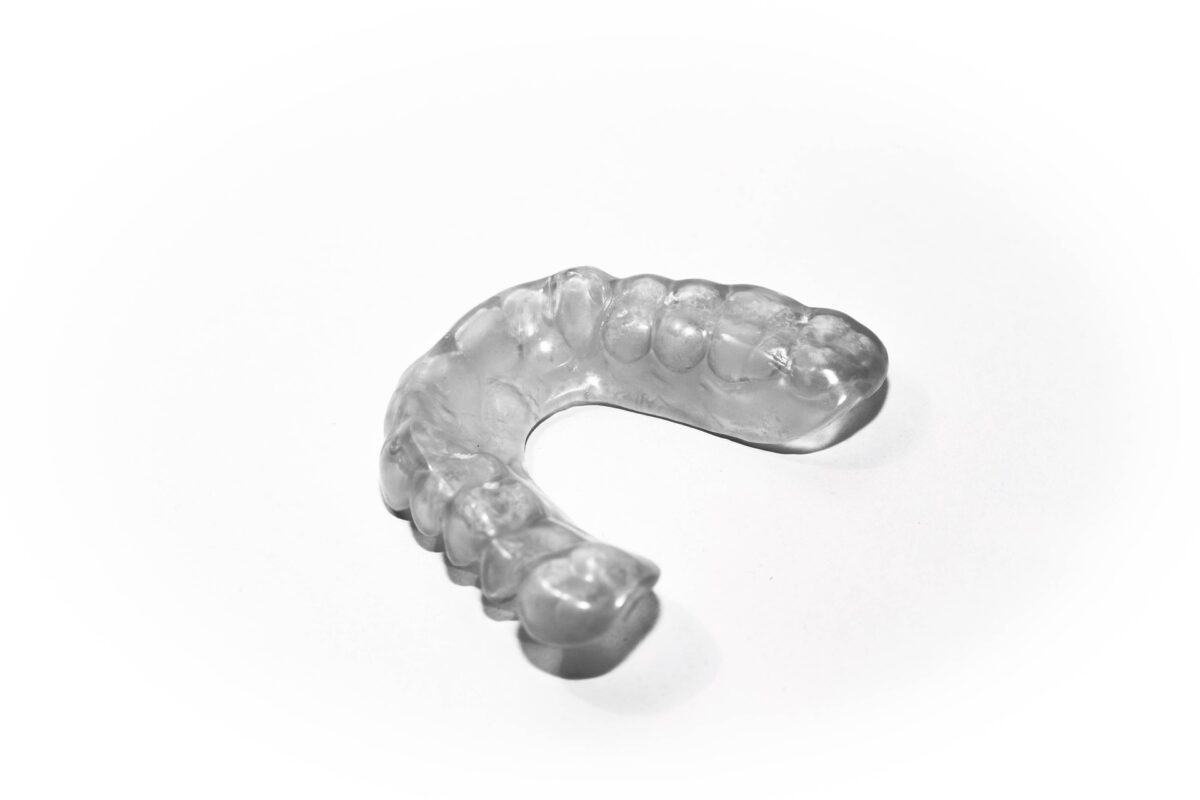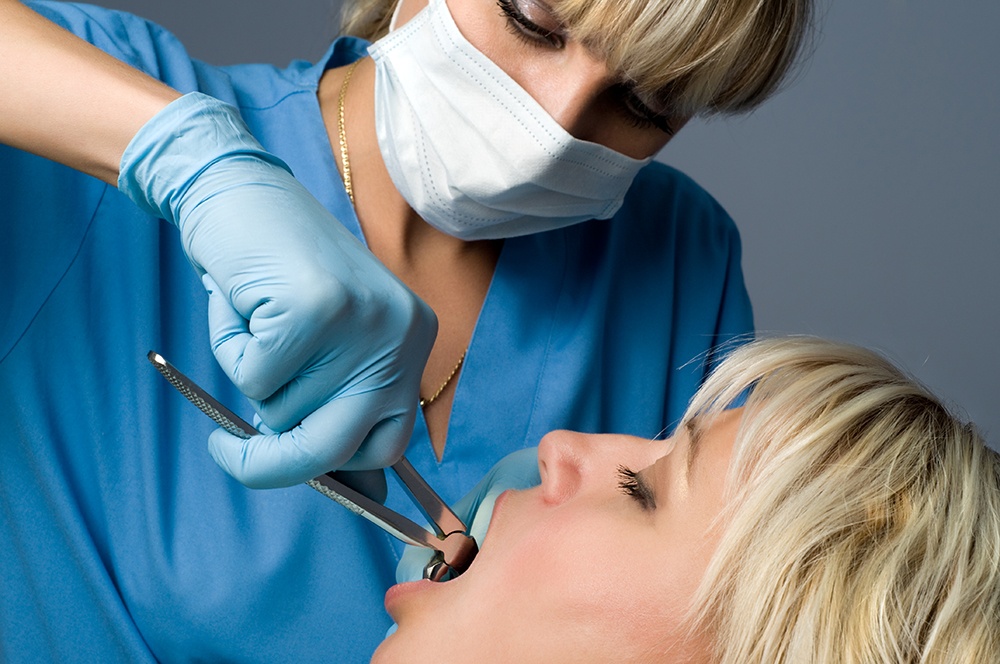Managing your oral hygiene is one of the best gifts one can give to themselves. It not only does good for the teeth but also to the overall health of the person. Now, most people think dental hygiene covers only the teeth, but it will not be wrong to say that it’s also about the health of your gums. When you overlook your gums, you belittle a critical component of your dental health.
What are gum diseases?
To understand the importance of gum care, one must know about gum disease and its severity. Gum disease begins with the buildup of the plaque beneath and along the gum line. To be clear, plaque is a strict substance filled with bacteria. It is not at all useful and can cause pain and infection in the gum and bone, further leading to tooth decay and gingivitis( first stage of gum diseases.) Following are the symptoms of gingivitis:
- Inflamed gums
- Redness and swelling
- Pain
- Bleeding gums
In some later stages, constant bad breath and receding gums are inevitable signs of gums disease.
Top 5 ways to keep the gums healthy
Fortunately, gum disease is preventable and curable if diagnosed early on time. You only need to follow some healthy habits and be consistent with the periodic dental checkup. Nonetheless, the worsening conditions of the teeth and gums can be a leading cause of other health issues like heart problems, kidney disease, diabetes, and oral cancer. To prevent all these situations, go through the top 5 ways to take care of the gums:
Brush and floss properly
Proper brushing is always key to excellent dental hygiene. It is the primary demand of the dental routine and needs to be followed with utmost sincerity. These are the following points to keep in mind regarding the brushing:
- Brush at least twice a day for at least two minutes. It should have soft bristles and with the Fluoride toothpaste.
- Change the brush every 3-4 months.
- Make the brush movements short and gentle.
- Together with this, do not forget to floss once a day.
Get regular dental cleanings
The dentist can easily detect the symptoms of gum diseases if you visit them regularly. Moreover, having a dental checkup periodically helps you with cleaning the tartar, which can otherwise create severe dental problems.
Say no to smoking
‘Smoking is injurious to health’ has been a common saying amidst all. But what for mainly? So, it not only affects the lungs but also poses difficulty in the healing of any gum disease. It weakens the immune system, creating many related issues. Thus, it would be best if you quit smoking before it worsens the dental health.
Have a nutritional diet
Quality food and balanced diet can have a high impact on dental health. That is why you must include fiber-rich food, dairy products, foods containing Fluoride, etc. in your diet.
Use mouthwash
A mouthwash makes the dental cleanliness complete. Thus, it is good to good to keep a suitable mouthwash with us and rinse with it whenever required.
Only we are responsible for our dental health, nobody else. Thus, follow the above guidelines to give your best shot at maintaining dental hygiene.
Book Appointment to find out which treatment might be best for you.

